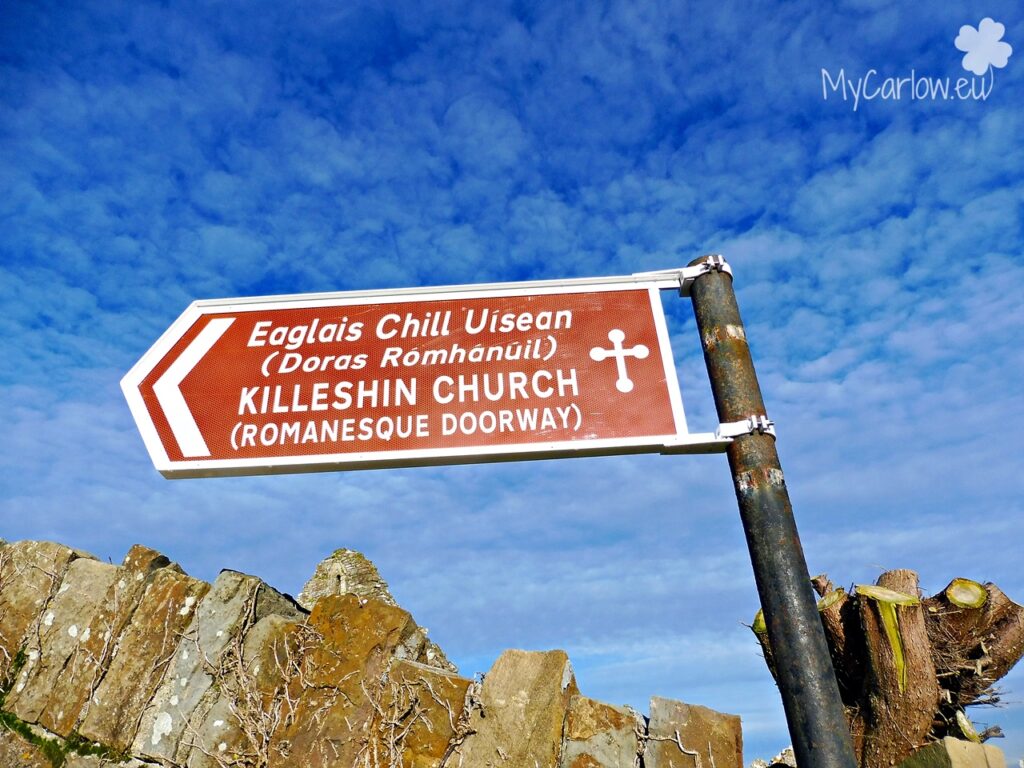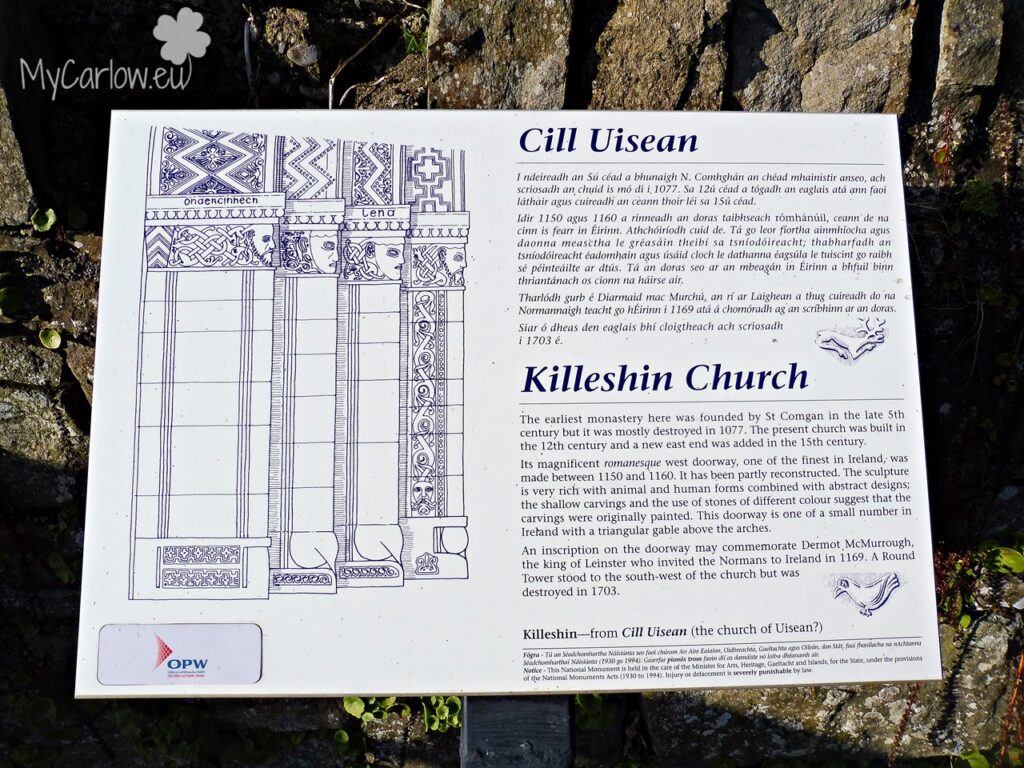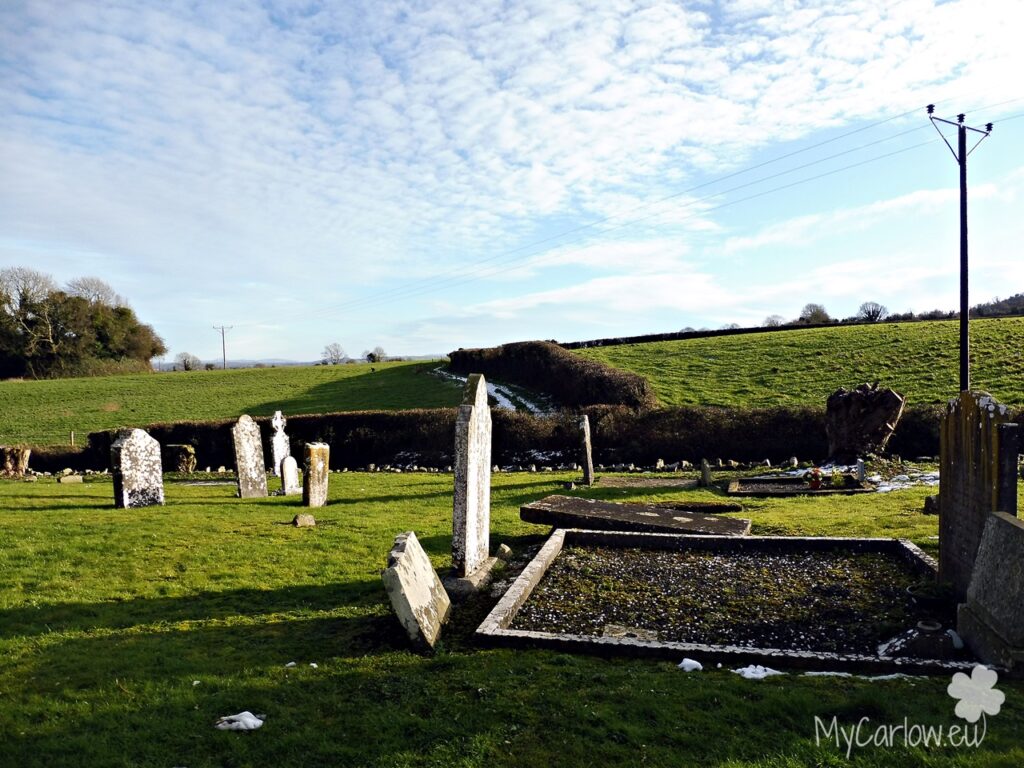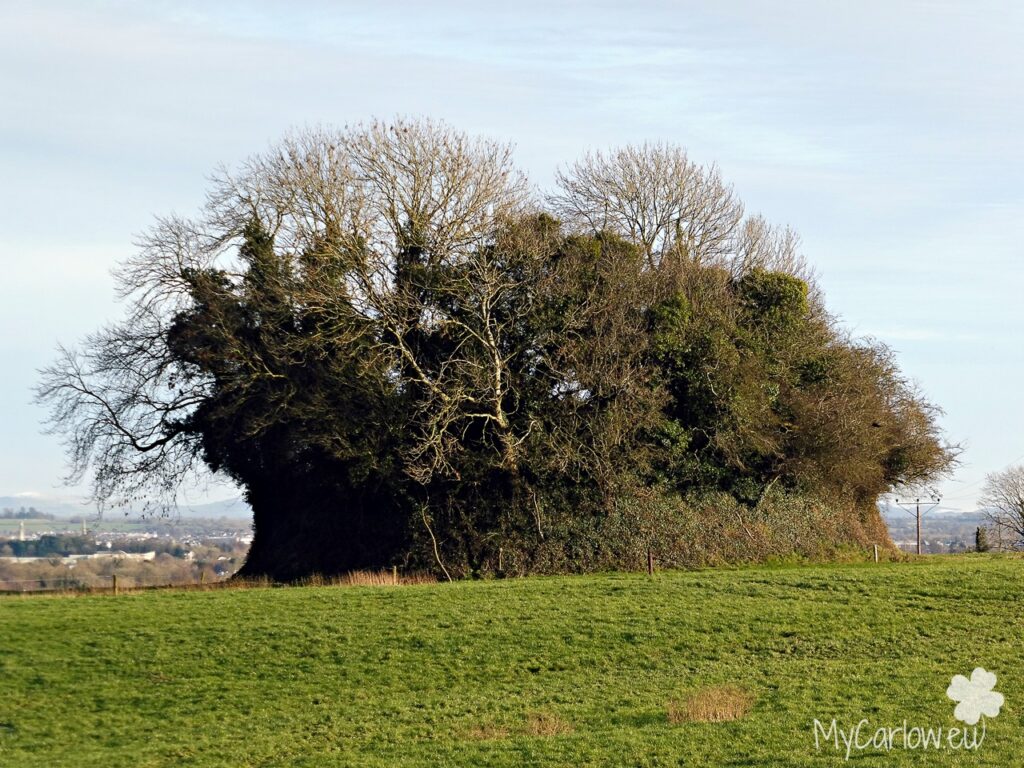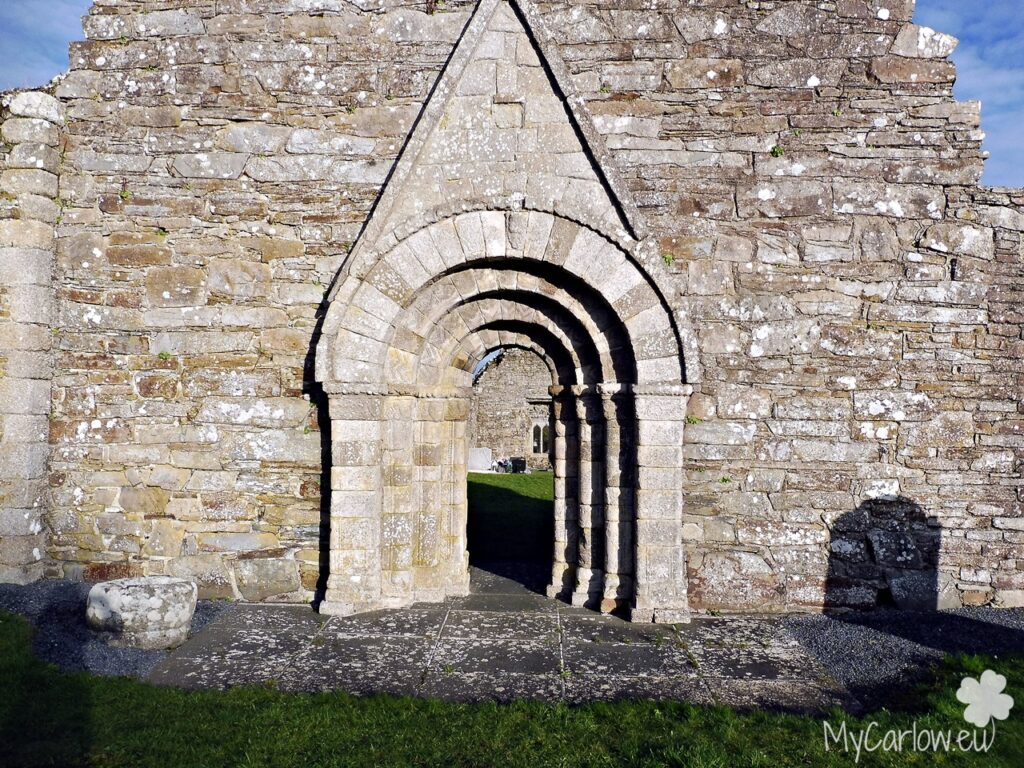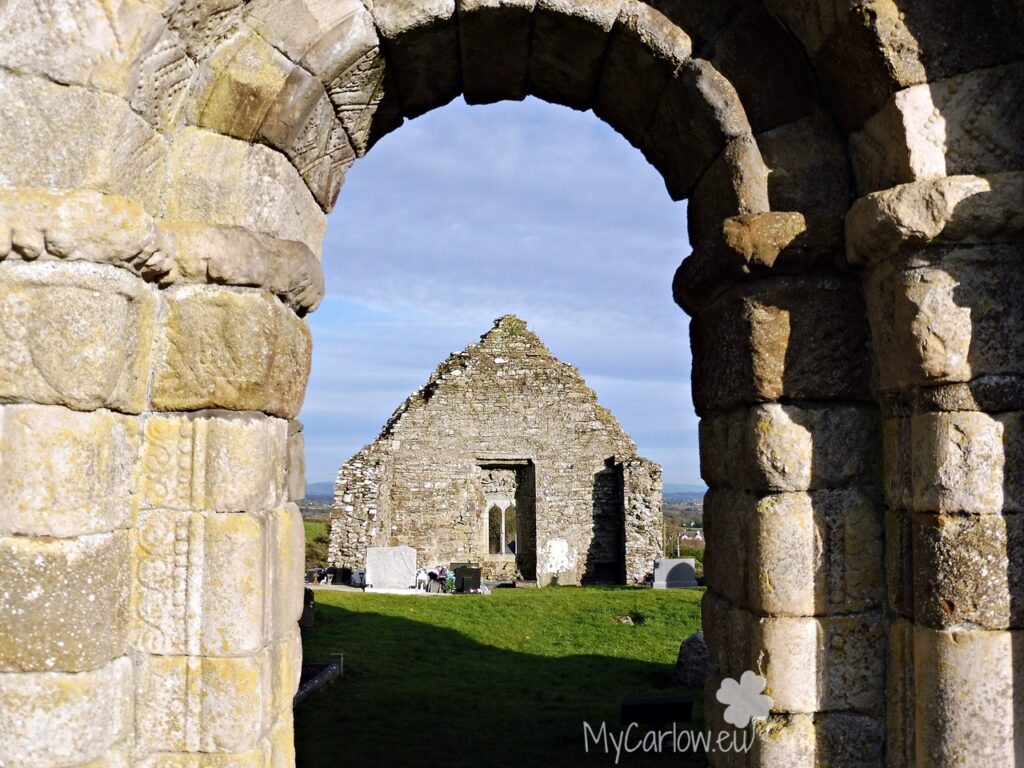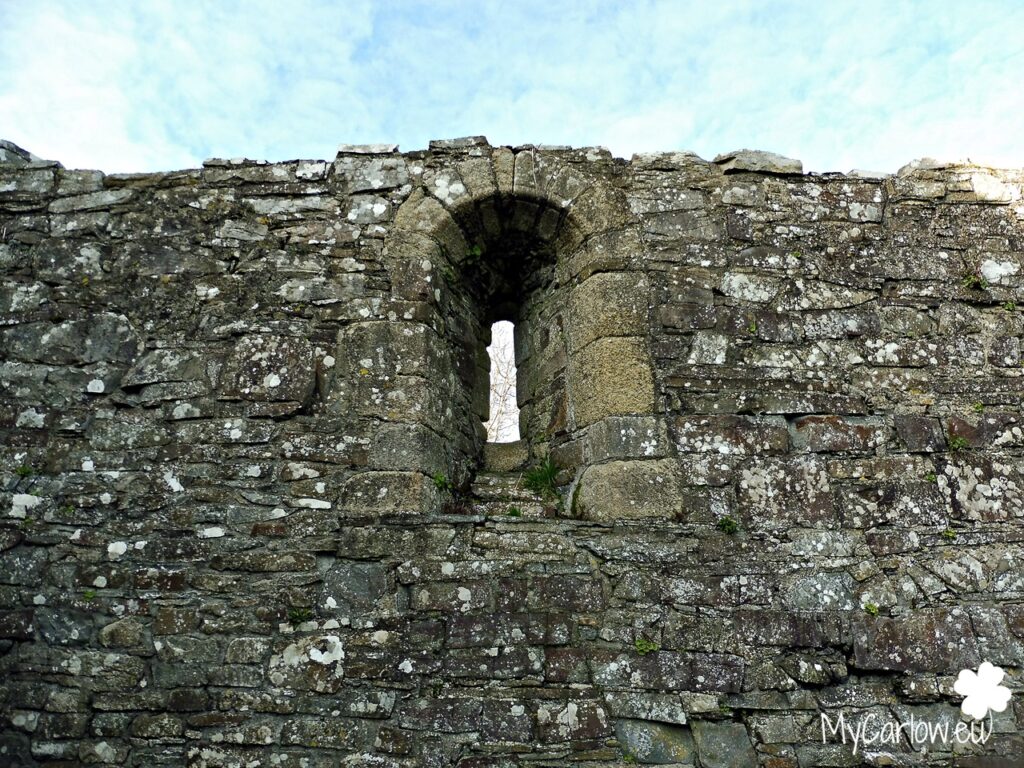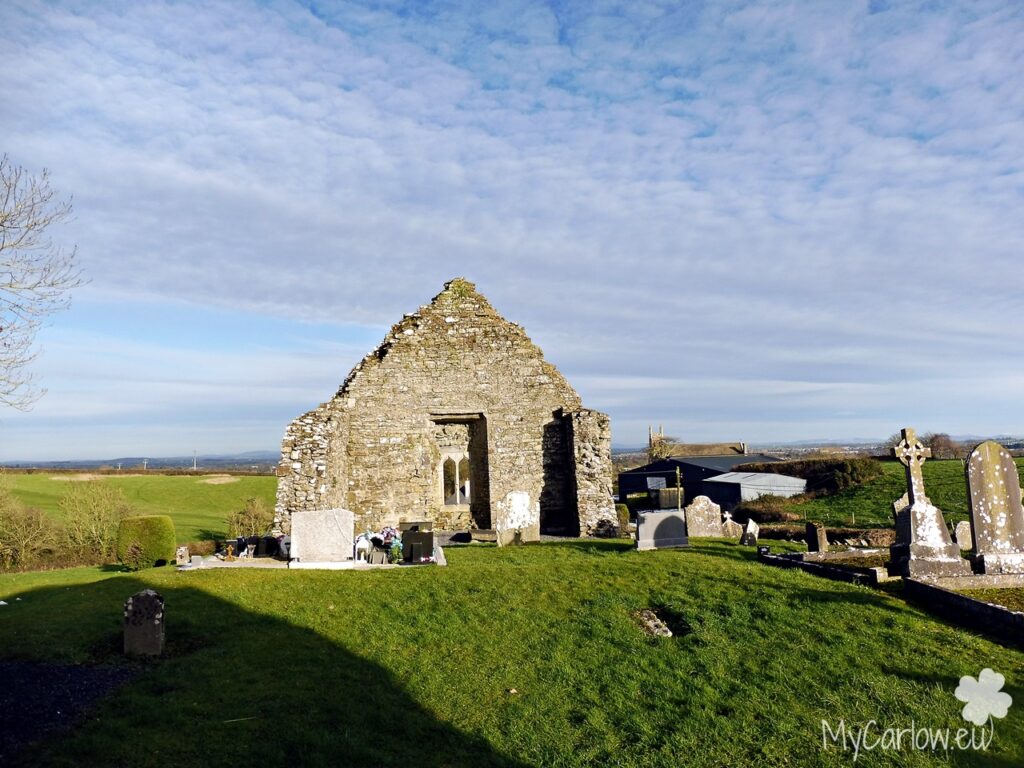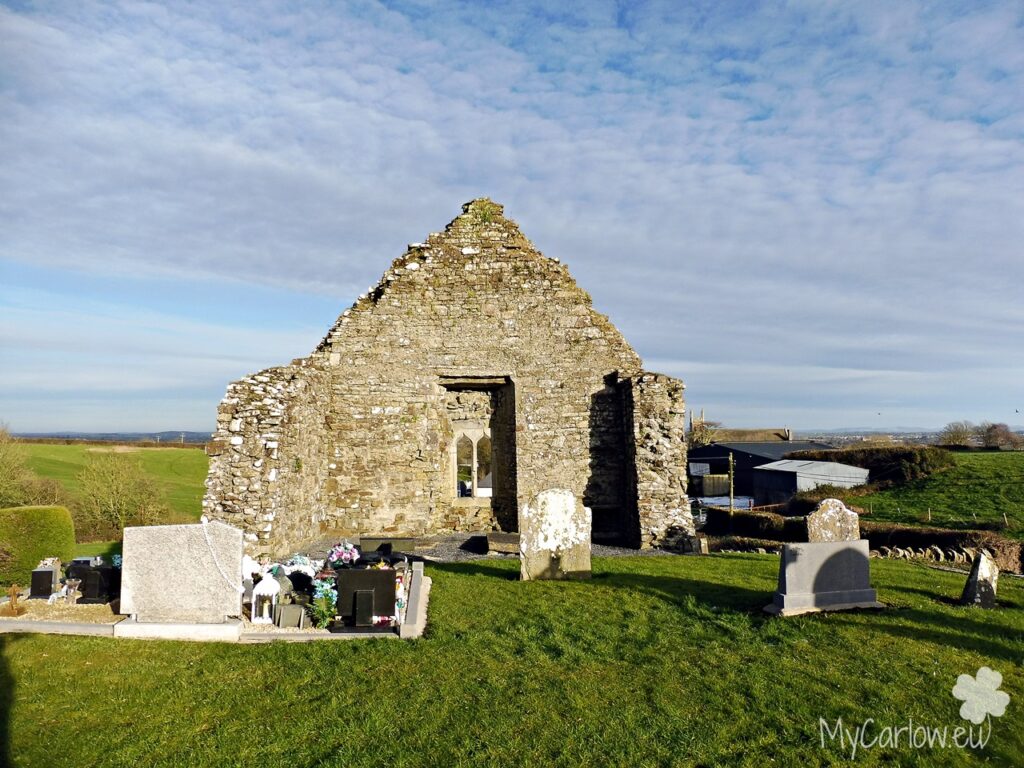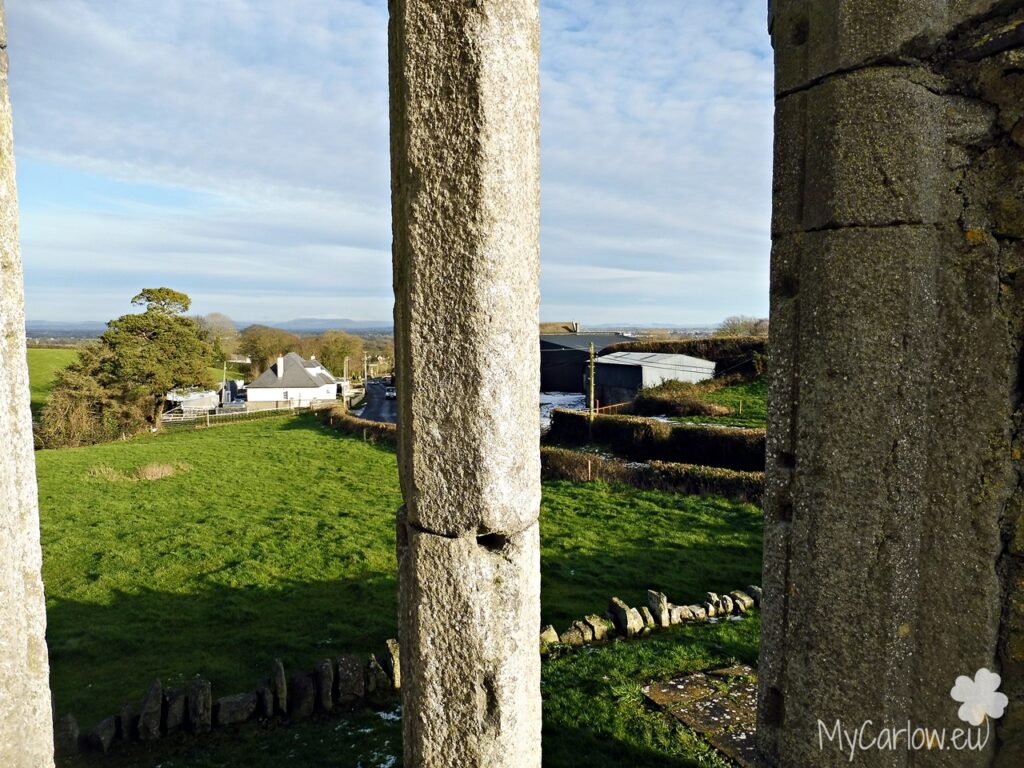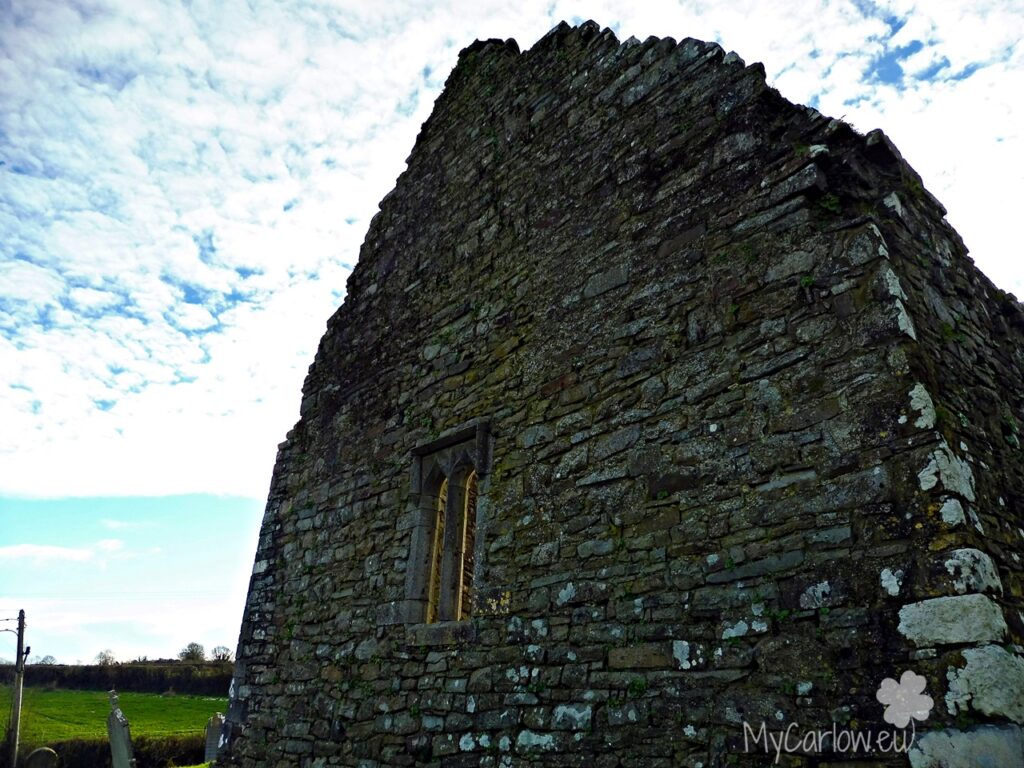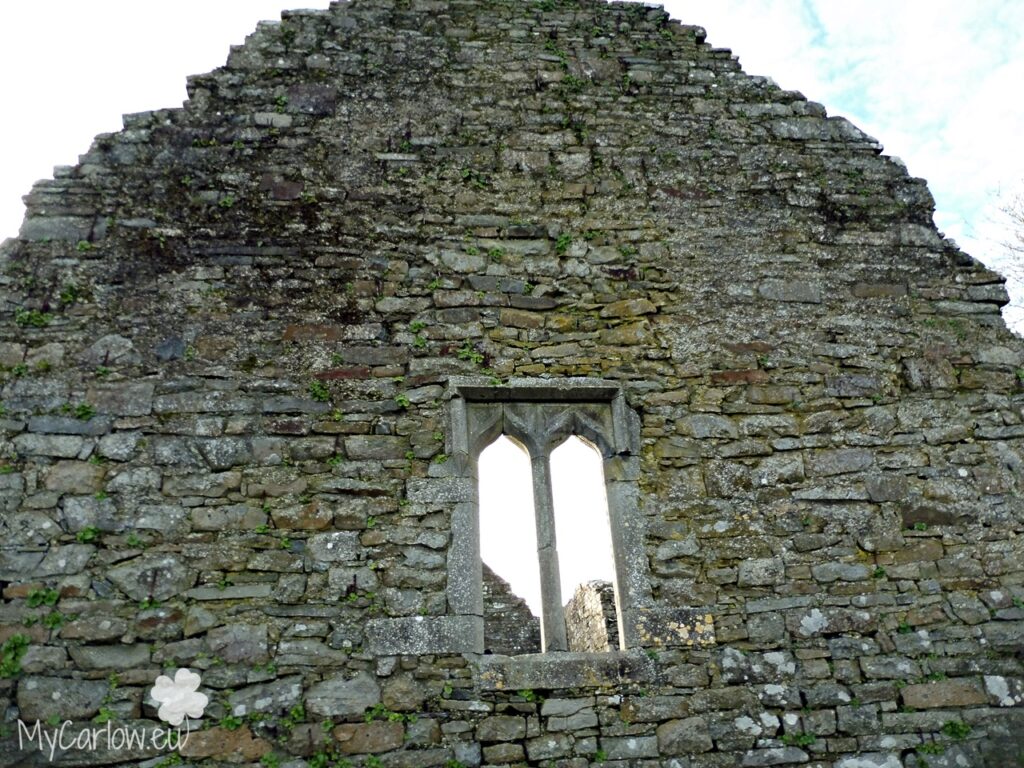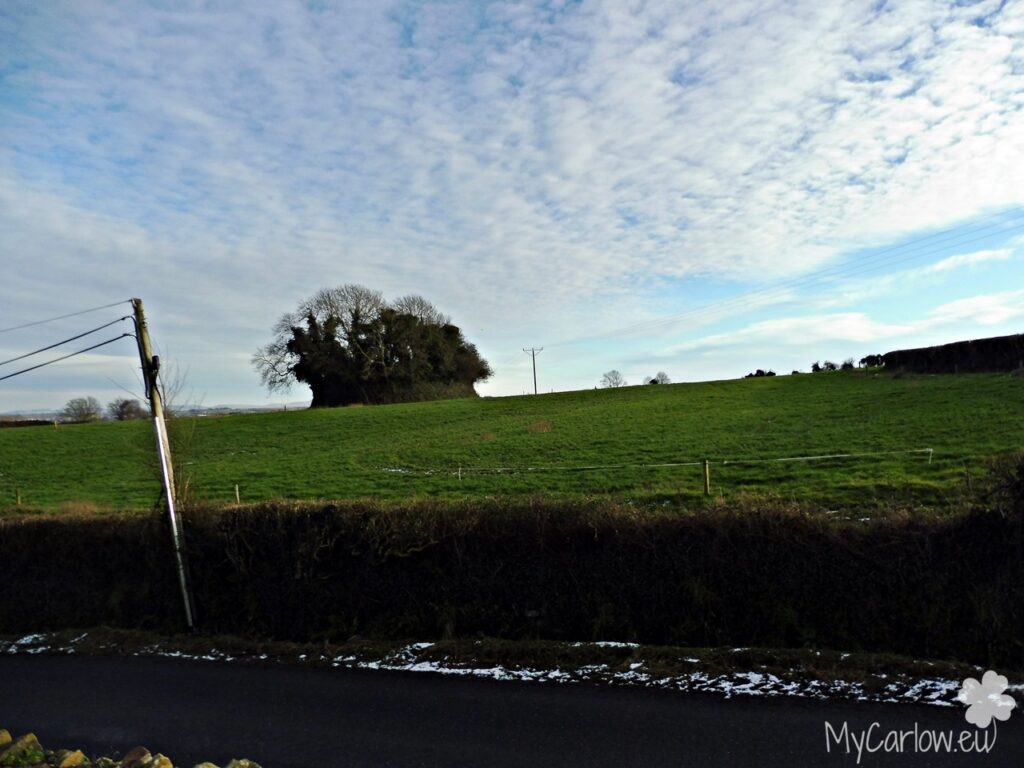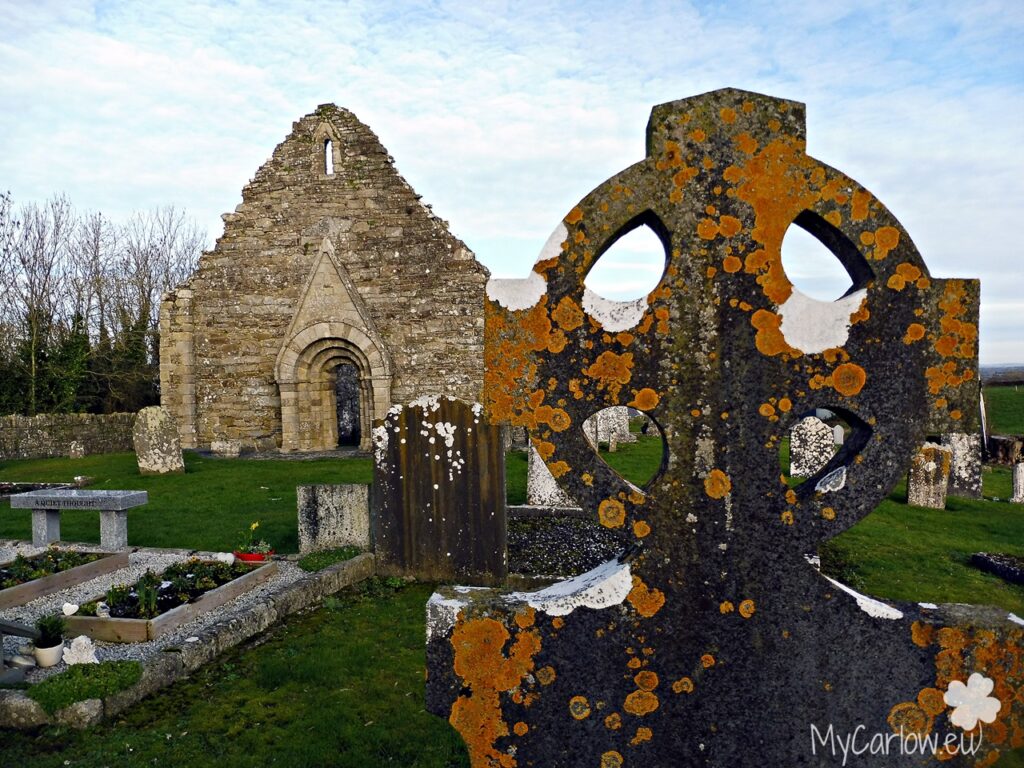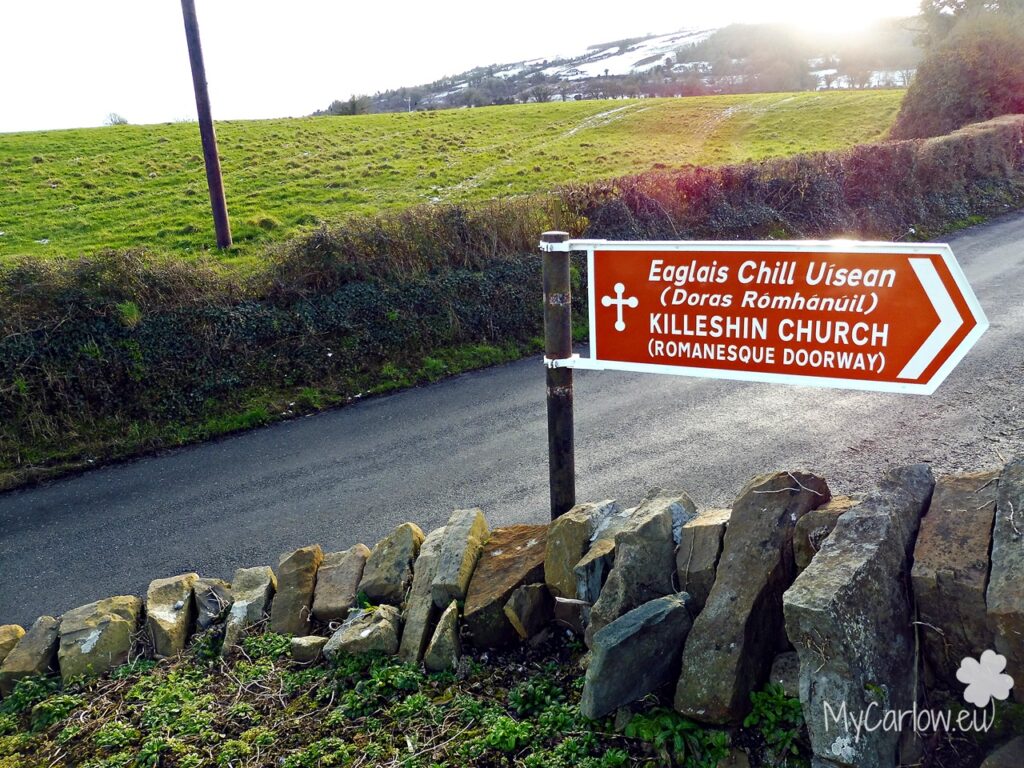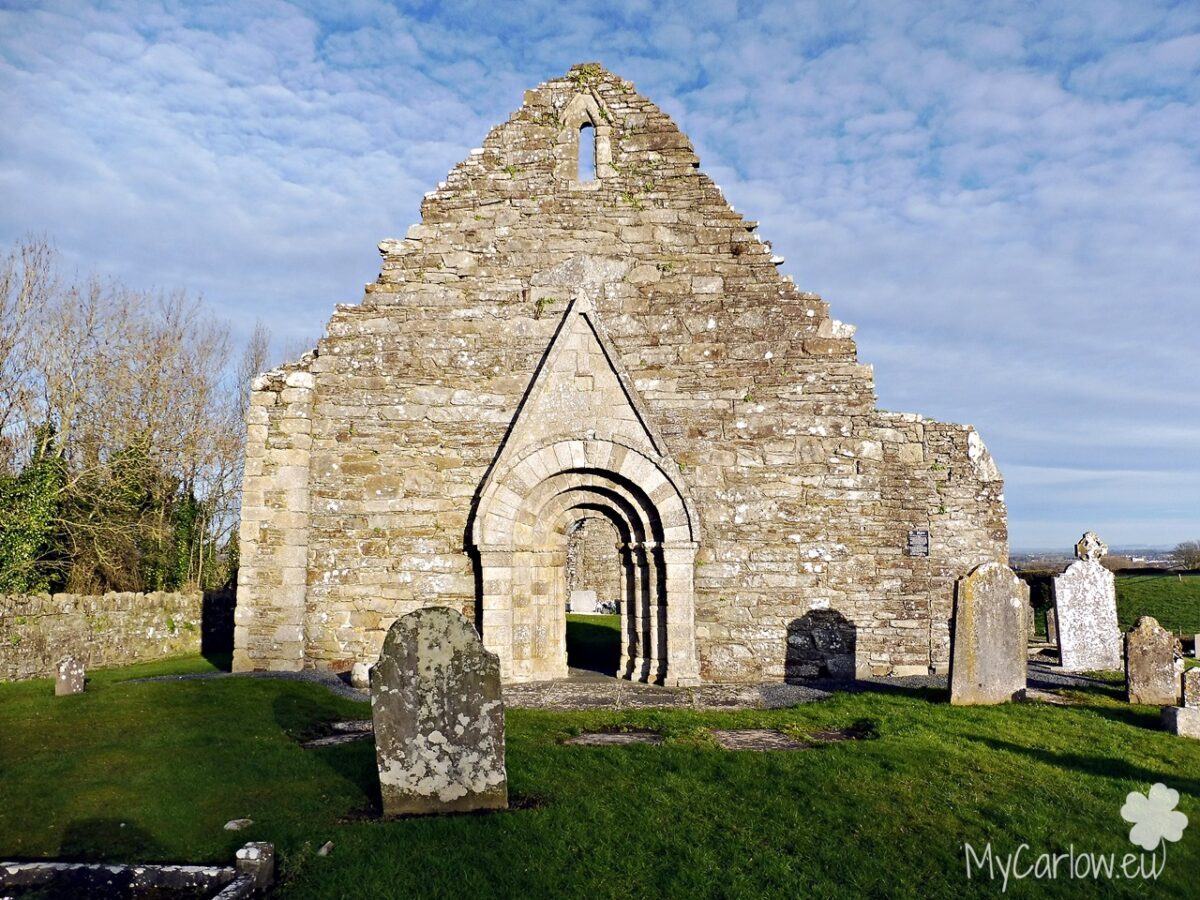
What makes Killeshin Church quite unique and different from all the others is its stone-carved Romanesque Doorway.
Killeshin is a small village in County Laois. Derives its name from one of the abbots of its famous monastery – Uisin, meaning the Cell or church of Uisin.
It is situated just five kilometers west of Carlow town and overlooks the picturesque Barrow Valley.
Located close to the border with Co. Carlow, the small medieval church at Killeshin, Co. Laois contains a remarkable piece of Romanesque architecture.
This is a very important place, necessarily need to visit. The church at the foot of the Killeshin Hills is the site of an early Christian monastery.
Killeshin was an important center for learning and culture as early as the 6th or 7th century when a monastery was founded there by either St. Comgan or St. Diarmait.
Killeshin Church is located near Killeshin village. On the south bank of the Fushoge River (a tributary of the Barrow), about 5 km (3 mi) west of Carlow town. A ringfort, known as Killeshin moat, stands to the southeast.
The church at Killeshin is largely from the 12th century. Although some parts show evidence of later rebuilding, including a late Gothic east window. The ancient monastery was destroyed in the 11th century and all that remains is a beautifully carved 12th-century doorway: one of the finest examples of hiberno-Romanesque architecture in Ireland.
Killeshin Church (Romanesque Doorway) is a 12th-century Romanesque church and National Monument of Ireland.
Elaborately decorated doorway in the western gable wall of the ruined church. Most likely erected between 1150 and 1160 AD, an inscription on the doorway reads ‘Orait do Diarmait Ri Lagen‘ or a prayer for Diarmait, king of Leinster’. This suggests that Diarmait Mac Murchada, a somewhat controversial figure in Irish history, may have commissioned the entrance.
The west gable has a central Romanesque doorway of four receding orders beneath a pointed-arch hood mold. The arch voussoirs are decorated with human, animal, foliage, and geometric motifs, and the capitals feature human heads with inter-twined hair. A granite font stands to the north of the doorway. The original window in the east gable has been replaced with a double-light ogee-headed window, probably dating to the sixteenth century.
No trace remains of the 105 ft round tower believed to have once been the tallest in Ireland which stood next to the monastery, it was demolished by an 18th-century landowner who was afraid that the tower could collapse and injure his cattle. It is said that ten counties can be seen from the hill above Killeshin.
Source: Wikipedia & Irish Archeology
Location of Killeshin Romanesque Church:
Below are photos I took in February 2021.
